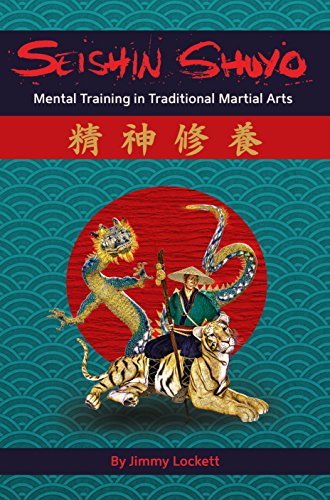There are many types of martial arts. In order to protect themselves, many competitors must follow strict rules. While the rules of most martial arts differ slightly, some do share a common core. Most styles have a referee or judges to ensure that the match is fair and safe. Certain targets and techniques are prohibited or not allowed in the sport. Protective gear is required. However, in some cases fighters are not required to wear any. Aikido and other grappling arts are regulated using rules similar to MMA.
Mixed martial arts
Mixed martial arts (or MMA) is a form or combat sport that combines techniques from many types of martial art. The ultimate goal is to create a complete fighting system. Mixed martial arts are becoming increasingly popular, and it is now the fastest growing sport in the world. Learn more about this exciting sport by reading on! Here are some of the benefits of mixed martial arts. These are just a few of the benefits of mixed martial arts:
Traditional Chinese martial arts
Although the CCP is aware that traditional martial arts have their martial arts melbourne, it doesn’t want to see the public debate whether or not they are suitable for children. The CCP’s goal is to promote traditional martial arts as a performative art form and encourage as many people to learn them and practice them. They want to promote cultural activities associated with these arts, which will in turn help them generate profit. CCP is thus promoting cultural industries to generate a higher economic return on investments.
Japanese martial arts
The roots of Japanese martial arts lie in a long tradition. During the Edo period, the warrior class ruled over the farmer, artisan, and merchant classes. The adoption of modern weaponry led to declining participation in martial arts. Dai Nippon Budo Kai, an organization that centralized the art and supervised its integration into the educational system, was established. This revival led to the revival of many arts. The following is an overview of Japanese martial arts.
Korean martial arts
Taekkyeon, one of the most popular Korean martial arts, is one. This style of martial art was declared a living cultural heritage by UNESCO in November 2011. While it is widely known to have existed in ancient Korea, it quickly lost its traditional close quarter combat style and adopted modern weapons. Japanese techniques were also influential in the development of Korean martial arts. They were eventually incorporated into other forms of martial art. Many Koreans continue to practice traditional martial arts despite this.
Brazilian martial arts
Brazilian martial arts have many elements that are influenced by Brazil’s indigenous culture. Brazilian Jiu-Jitsu might be the oldest martial art but the other Brazilian arts are far more advanced. Its roots can trace back to the Bakairi, Xingu and Xingu tribes. It is one among the most popular Brazilian games. Its name speaks to its centuries-old origins. It also has a unique musical style that combines rhythms from African cultures with call-and-response vocals.
Capoeira
Capoeira martial arts is a Brazilian fusion combining acrobatics with dance, music and spirituality. The art form was created in Brazil during the 16th century African enslavement. There are many variations of the martial art, as well as its history. Here are the many benefits of learning Capoeira. It is a fluid and dynamic art form.
Drunken boxing
Drunken Fist and Drunken Boxing are two terms used to describe Chinese martial arts. Its ability to imitate drunken movements is the reason for the name. The origin of this form of martial arts can be traced back to Buddhist or Daoist practices. This martial art allows skilled practitioners to perform many tricks, including punching or kicking while drunk.
Beach Sambo
Beach Sambo can be described as one of three forms of Russian martial arts Sambo. The game is played on the beach, and not on mats. Beach Sambo bouts take place in standing positions. The winner is determined when the opponent is thrown onto sand that is not his feet. Beach Sambo is part of the Asian Beach Games Program since 2014.

